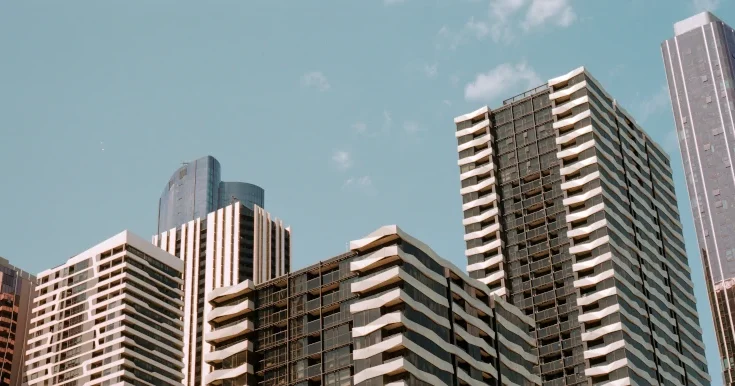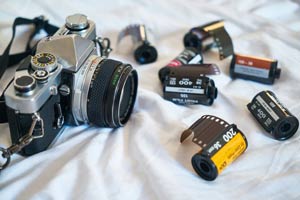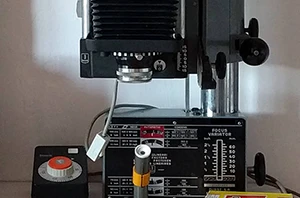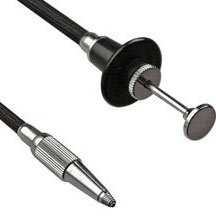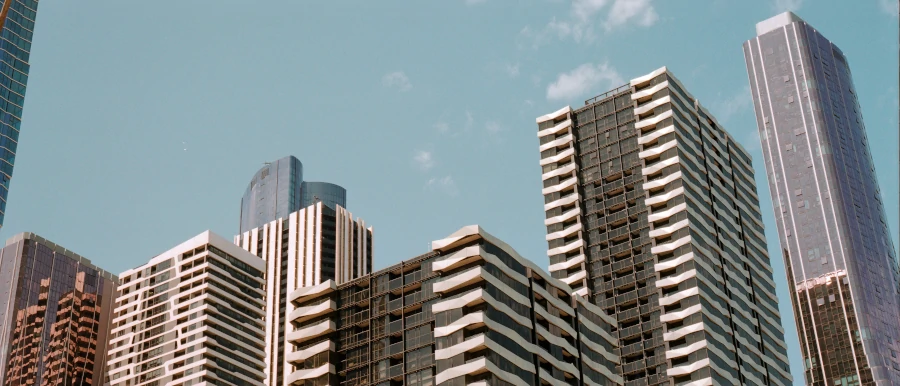
What is panoramic photography?
To start our journey into the world of panoramic photography, let’s first define what makes a panoramic photo. Simply put, a panoramic photograph is one where the ratio between the vertical and horizontal dimensions is 2 or more – the image is twice (or more) as wide as it is tall. That’s all there is to it. In comparison, a standard 24mm x 36mm photographic frame has an aspect ratio of 1.5.
A lot of confusion around panoramic photography stems from the fact that oftentimes people equate wide angle with panoramic photography. The two, however, are separate and non-related terms. One defines the aspect ratio of the photograph, the other – the type of lens it’s produced with. A panoramic photo can be shot with a telephoto lens, and a wide angle photograph can have any aspect ratio. When we talk about panoramic photography, this relates only to the aspect ratio of the image and nothing more.
Why shoot panoramic?
You may wonder what the fuss is all about. Why go to all this trouble and build a specialty camera just to produce a longer picture? For starters, our natural vision is in a panoramic aspect ratio, so we tend to find panoramic pictures closer to reality. Another reason lies in the roots of our visual culture. The aspect ratio of the media we consume has been a key part of the visual vocabulary since the genesis of photography and motion picture. It’s way too complex to go into the details of that here, but if you’re interested in the history and significance of aspect ratios, this is an excellent video on the topic.
In essence, apart from the obvious subjective preferences, we’ve been conditioned to associate panoramic images with cinema, where the predominant aspect ratio has been 2.35 since the advent of anamorphic lenses in the 1950s. In contrast, most TV sets and television content up to the early 2000s were produced to an aspect ratio of 1.33. So, for the better part of the last century, some of the most striking, iconic images ever crafted were seen exclusively in panoramic format.
This has, of course, influenced whole generations of photographers that received their first lessons in composition and framing in front of the silver screen. It’s not surprising, therefore, that a lot of them have sought the panoramic aspect ratios for their own work. Equipment manufacturers met the demand with a wonderful variety of panoramic format cameras, which we’ll present in the following sections.
Types of panoramic cameras
Before we get to the cameras themselves, a brief summary of the different types of panoramic film cameras. Although they can be found in every film format, from 16mm all the way up to ultra-large format (or ULF), every panoramic camera on the market uses one of two basic designs – swing lens or fixed lens.
Regardless of the type of design they use, all panoramic cameras are pretty utilitarian in terms of functionality. You’ll find no autofocus in any of them, and only the Hasselblad XPan and its twin, the Fujifilm TX, offer rangefinder focusing. All the rest rely on either scale focusing or ground glass screens. The same goes for metering, just a handful of models have built-in lightmeters. The rest require external metering, or guesswork.
Swing lens
A quirky crowd pleaser, the swing lens camera is what catches most people’s attention when it comes to panoramic photo gear. This design, seen in models like the Widelux and the KMZ Horizon, relies on an intricate mechanism that rotates the lens around its rear nodal point once the shutter is pressed. Throughout the rotation, the film is exposed through a vertical slit that moves along the curved film plane in unison with the lens.
The main advantage of this design is that it allows for very wide angle photos. Fixed lens panoramic cameras can go to about 90° field of view before distortion and vignetting become a problem, and tap out at 180° with fish angle lenses. In contrast, some swing lens cameras can do a full 360° without breaking a sweat. However, they do come with their own, sometimes quite severe limitations.
To start with, the exposure time is usually quick, but it’s not instantaneous. Depending on the width of the frame and the shutter speed, one end of the image is captured a little (or a lot) later than the other, rendering unpredictable results when subject movement is involved. Think of something similar to the rolling shutter effect (same principle), but vertical and a bit stronger, due to the slower speeds involved. For the same reason, flash cannot be used with swing lens panoramic cameras, at least not in the conventional way.
All but the most advanced swing lens cameras are rather limited in terms of photographic control – they usually have just a handful of shutter speeds and aperture settings available. As focus is fixed, the cameras rely on the depth of field granted by the typically slow lenses, which severely impairs work in low light conditions. Filter use is quite limited on most models, and framing can be a bit of a guessing game in the wider formats. Finally, these cameras produce severe distortion , most visible when straight lines are present in the composition.
All of these character flaws make swing cameras quite challenging to use for any sort of serious or formal photographic work. You’ll be hard pressed to find a professional architecture photographer using one of these for a main camera, for example. However, it is those very quirks that a lot of fine art and documentary photographers find appealing.
Fixed lens
The second panoramic film camera type is known as a fixed lens, or flat back, camera. The Hasselblad XPan and the Linhof Technorama series are examples of fixed lens panoramic film cameras. The design resembles a typical rangefinder or view camera – a flat film back and a static lens in front of it. Some models come with rangefinders, while others rely on ground glass for focusing and composition.
Compared to a swing lens camera, this design gives the photographer a lot more control. Most fixed lens panoramic cameras employ traditional central or focal plane shutters, so fast action scenes and the use of flash are not a problem. Regular rectilinear lenses that provide full aperture control are typically used, and filter use is straightforward.
Critical focus can be achieved through either a ground glass or a rangefinder, depending on the camera design. Some models, like the Horseman SW617, offer shift capabilities to facilitate perspective control, much like a view camera.
Because of their simpler design, fixed lens cameras are generally more reliable in terms of mechanics, especially view camera type models like the Technorama or the Fuji GX617. The tradeoff is that they can be bulkier and sometimes a bit awkward, especially when it comes to shooting the wider formats like 6×17 or 6×24 handheld.
Cropping cameras
If you’re in the market for a 35mm panoramic film camera, you’ve probably noticed that there are a lot of compact point-and-shoot cameras advertising panoramic modes. However, these are not considered to be true panoramic cameras – they simply mask out a standard 24mm x 36mm frame to a panoramic aspect ratio. You waste film and end up with two black stripes on the top and bottom of your image – nothing that cannot be accomplished, with more flexibility, by cropping in post or in the darkroom.
Popular examples of this design include the Pentax ESPIO 120SW, Minolta Riva Panorama/P’s, Panaview and the Panorama WidePic. While not true panoramic cameras, these are by far the most accessible way of dipping your toes in the widescreen world. If you’re not quite sure panoramic photography is your cup of tea, this might be a cheap and cheerful way of giving it a try.

